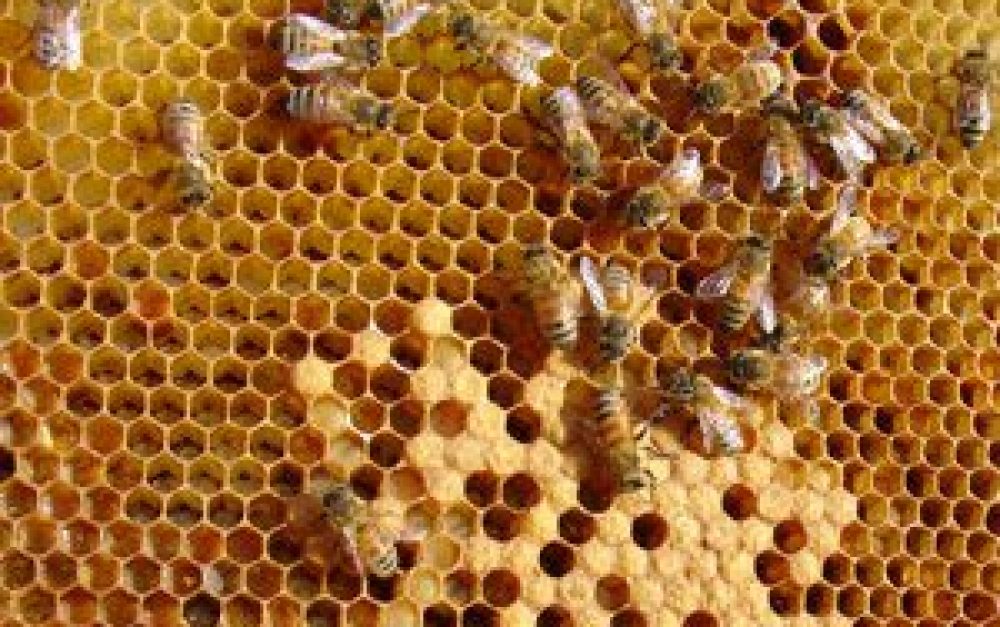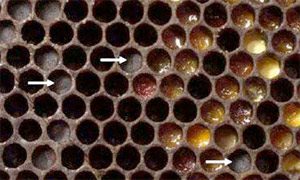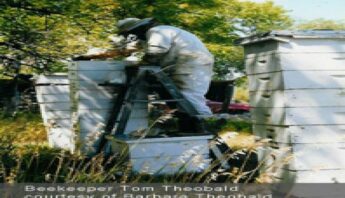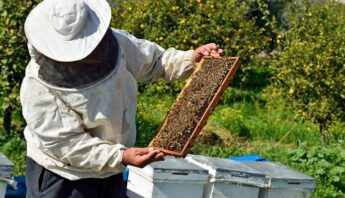Last week the UK-based Independent reported that the clothianidin controversy has sparked a proposal to suspend the use of neonicotinoid pesticides in the UK. This story, which first broke in early December thanks to efforts by PAN, Beyond Pesticides and beekeeper Tom Theobald, has led to grave concerns in the British House of Commons.
According to the UK Parliament's website, a member of the British House of Commons filed this motion on January 13:
This House is gravely concerned by the contents of a recently leaked memo from the the US Environment Protection Agency whose scientists warn that bees and other non-target invertebrates are at risk from a new neonicotinoid pesticide and that tests in the US approval process are insufficient to detect the environmental damage caused; acknowledges that these findings reflect the conclusions of a 2009 'Buglife' report…and therefore calls on the Government to act urgently to suspend all existing approvals for products containing neonicotinoids and fipronil pending more exhaustive tests and the development of international methodologies for properly assessing the long-term effects of systemic pesticides on invertebrate populations.
Systemic insecticides, and specifically neonicotinoids like clothianidin and imidacloprid, have long been of concern for scientists studying honeybee populations. Systemic pesticides are applied as seed dressing or at soil level, and taken up through a plant's vascular system into pollen, nectar and guttation droplets. Bees forage and drink from these droplets. Since neonicotinoids permanently damage insects’ brain cells — irreversibly binding neurotransmitter receptors in insect’s central nervous systems — repeat exposures may have cumulative effects. Yet EPA toxicity tests examine acute toxicity over relatively short periods of time, so some scientists have posited that bees face a growing — if difficult to detect — neonicotinoid pesticide burden in the field.
The Independent's Mike McCarthy reported on an as-yet unpublished study by scientists at USDA's Bee Research Laboratory which could explain why it's been difficult to establish one-to-one correlations between neonicotinoid exposure and Colony Collapse Disorder (CCD): the exposures are so microscopic they are simply undetectable by many of the instruments being used.
USDA's Jeff Pettis and a member of his team, Dennis van Engelsdorp of Pennsylvania State University, are both leaders in research focusing on CCD. In a 2009 study they found that the insects’ vulnerability to infection by common pathogens is increased by the presence of imidacloprid. Dr. Pettis and his team observed increased disease infection even when the levels of the insecticide were so tiny that they could not subsequently be detected in the bees, although the researchers knew that they had been dosed because they did the dosing themselves. Tom Philpot at Grist is following up to find out why the Pettis team's research has not been published for almost two years.
Strong evidence of the problem continues to mount. French researchers have confirmed that low-level neonicotinoid exposures increase bees' susceptibility to pathogens like the Nosema virus, a bee disease.
Sign PAN's petition today urging EPA to follow the UK's lead and pull registration of clothianidin.
credit: Vanishing of the Bees movie







